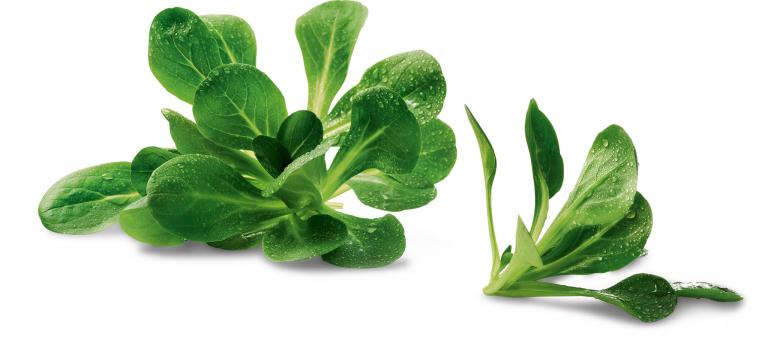Mug Beans
In Indian cuisine there is a spicy dish called Usal
Mung bean sprouts 🌱 are the sprouted seeds of the mung bean (Vigna radiata) and are among the most popular types of sprouts worldwide. They are a staple in many Asian cuisines and are enjoyed raw, lightly blanched, or stir-fried. In Switzerland and across Europe, they are becoming increasingly popular — whether in salads, wok dishes, or as a fresh topping.
Mung bean sprouts are crisp, mild in flavor, and incredibly versatile. They are produced by sprouting mung beans over several days under moist conditions. This process activates enzymes that enhance nutrient availability and improve digestibility.
They are low in calories and fat but rich in vitamins — especially vitamin C and folate — as well as protein and dietary fiber. They are an excellent choice for vegetarian and vegan diets. With their high water content, they are perfect for light, refreshing dishes.
Mung bean sprouts are easy to grow at home — no soil needed, just water and patience. However, they are also widely available in supermarkets, often in the refrigerated section near Asian ingredients.
Originally from India, mung beans have been cultivated for thousands of years. Today, their sprouts are considered a global superfood.
🧪 Nutritional Values (per 100g)
| Nutrient | Amount |
|---|---|
| Energy | 30 kcal |
| Fat | 0.2 g |
| Carbohydrates | 5.9 g |
| of which sugars | 4.1 g |
| Protein | 3.0 g |
| Fiber | 1.8 g |
| Salt | 0.01 g |
| Vitamin C | 13 mg |
| Folate | 61 µg |
🖼️ Example Images



Image sources: Wikimedia Commons, licensed under Creative Commons

Contact Us
Have questions about this product?
Created: 18.05.2025 07:05 | Last updated: 18.05.2025 07:05
Related Products

Lambs Lettuce
Sweet lambs lettuce with lukewarm king oyster mushrooms, Parmesan shavings and sun-dried tomatoes
Learn more
Radish
The storage tuber, which can be up to four centimeters thick, sometimes tastes spicy.
Learn more